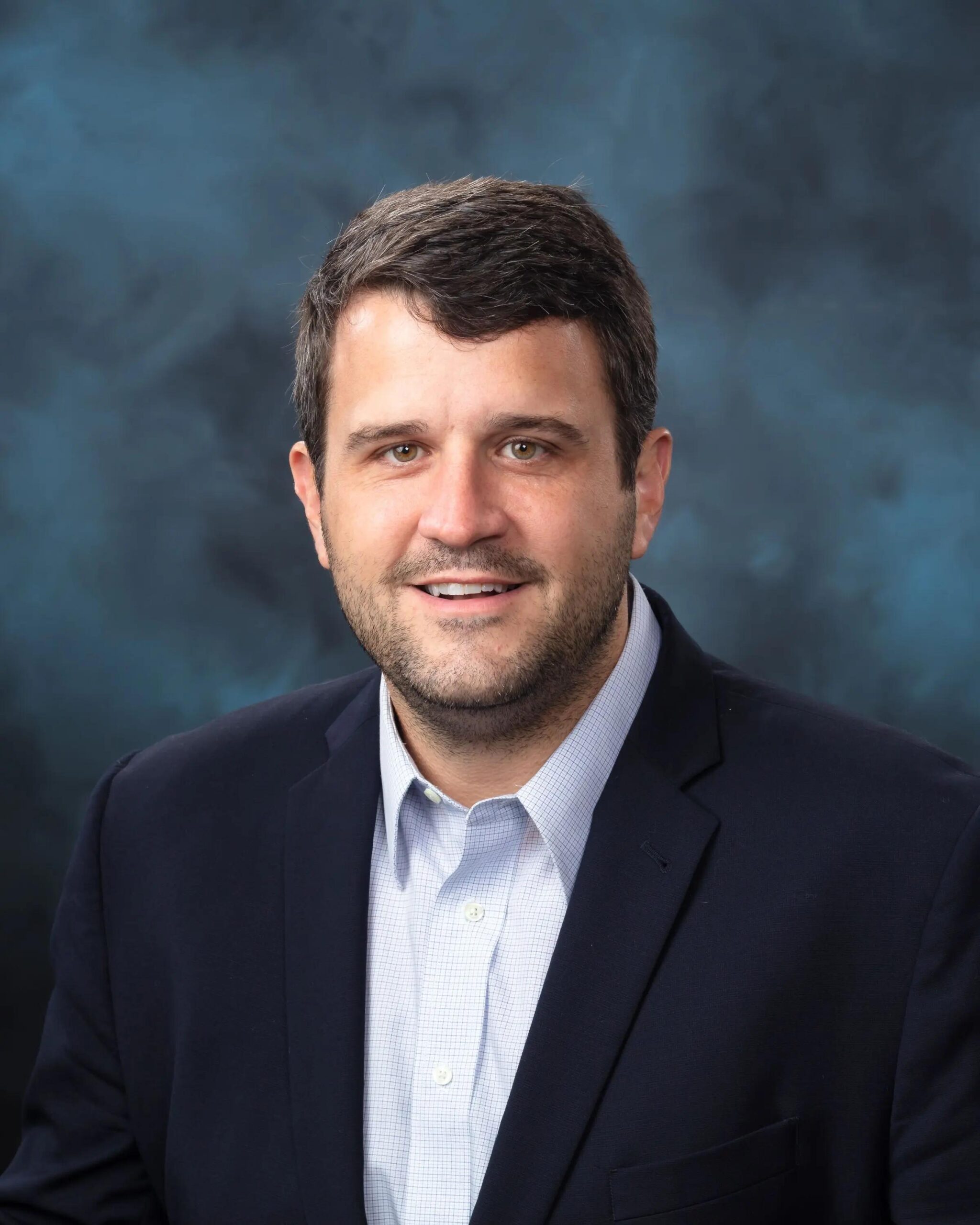By this point in October there is no escaping the shorter days, lower light and autumn drizzle, but this concert by London Symphony Orchestra – the first in a short series of LSO programmes this season and next curated by the composer and…
Blog
-
Just a moment…
Just a moment… This request seems a bit unusual, so we need to confirm that you’re human. Please press and hold the button until it turns completely green. Thank you for your cooperation!
Continue Reading
-

Single-Particle ICP-TOF-MS Enables High-Throughput Isotopic Analysis of Uranium Particles for Nuclear Safeguards
Since the 1970s, the International Atomic Energy Agency (IAEA) has relied on environmental sampling to verify nuclear materials, traditionally using bulk digestion and particle-level mass spectrometry methods such as thermal ionization mass…
Continue Reading
-

REASSURE Data Affirm Safety of Radium-223 in mCRPC, Underscore Need for Bone Protection
In an analysis of 7-year follow-up data from the REASSURE study, Bertrand Tombal, MD, emphasized that the findings remain true to the study’s name—reassuring. The results show no significant increase in hematologic toxicity with Radium-223 in patients with metastatic castration-resistant prostate cancer (mCRPC) and bone metastases, while highlighting the critical importance of timing and bone health management.
In an interview with Pharmacy Times, Tombal discussed key takeaways for clinicians and pharmacists, including the need to paid Radium-223 with agents such as denosumab or zoledronic acid and to initiate treatment earlier in the disease course rather than in a palliative setting.
Q: Can you walk us through the key safety findings over this seven-year follow-up and kind of what you found?
Bertrand Tombal, MD: So first I’ll explain why REASSURE was set up. OK, so REASSURE was set up shortly after the ALINA trial because when the data came, there was always that worry that when you use a radioactive compound that goes in the bone marrow of the patient, because that’s where bone metastases are, you could actually increase the rate of hematological malignancies. So that’s why initially REASSURE was done.
So, the first conclusion is that REASSURE is reassuring. We don’t see a significant increase in the toxicity in the hematological toxicity of [Radium-223], so that was very important.
And now it’s close to 1500 patients, so we’ve learned a lot about radium, and basically, we have learned 3 things. The first one is that, yes, the toxicity is hematological, but we rarely have dramatic toxicity like grade 4 or grade 5. Most of the toxicity is limited to grade 1 and grade 3, and it’s really reversible. The second one is linked to the first one to some extent, in that Radium-223 is not a drug that you should use too late as a kind of palliative care setting. If you do that, then you get the toxicity because this patient has bone marrow exhaustion, and you don’t get any therapeutic effect. So that’s something we learned, which is very important. Radium-223 is a drug that has to be given early to metastatic CRPC patients with bone metastasis. If you give it too late, that’s where you’ve got the toxicity, and you don’t have the effect.
And then the third and very important observation is that indeed there is a toxicity, which is not necessarily to the molecule itself but to the fact that you’re tackling bone metastasis. So, if you tackle bone metastasis and you don’t protect your bones, you’re going to get a lot of fractures. There was confusion in the minds of the doctors because drugs like zoledronic acid and denosumab were developed to delay what we call skeletal-related events, which are basically complications of the cancer. When ALINA was published, it showed that it significantly delays [skeletal-related events], so the doctor would say, “No hurry. You don’t need to start this treatment soon.” What happens even with radiotherapy is that we have a lot of frailty and osteoporotic fractures, and you need to protect your patient with this. And so that’s the central message: if you’re using a drug that is heavily targeting the bone, the price to pay for the efficacy is an increased risk of bone fracture, and you absolutely need to combine Radium-223 with a bone-protecting agent.
Is it disruptive? Is it new information? No, it’s been in the guidelines for 15 years. And actually, you could really summarize and say if you give Radium-223, please follow the guidelines. What do the guidelines say? Radium-223 is indicated in patients with metastatic castration-resistant prostate cancer and bone metastasis. The guidelines say zoledronic acid and denosumab should be given to anybody with metastatic CRPC and bone metastasis. So, no surprise, just comply with the guidelines.
What is very interesting is all these messages from REASSURE actually resonate perfectly in the PEACE-3 trial, which is enzalutamide versus enzalutamide plus Radium-223, where we made absolutely the same observation. We haven’t seen any increase in hematological toxicity, and this is a randomized controlled trial.
The toxicity is acceptable. We haven’t seen one single side effect increased by more than 5%, except we see a lot of fractures if we don’t give bone-protecting agents.So that’s what we learned from this REASSURE trial, the main message being if you believe in Radium-223, it’s not a treatment you give in a palliative care setting. You have to give it quite early. What we see also in REASSURE, not necessarily in the poster represented here, but in other publications, is that the earliest you give it, the higher the chance you’re going to give all 6 cycles. So that, in a nutshell, is the summary of the poster.
Q: From the pharmacist’s perspective, what monitoring do you recommend when a patient is receiving this, especially given the data that you now have?
Tombal: Clearly, 2 things. Any drug that could increase the hematological toxicity—that’s very important. And second, most importantly, because I realize in my hospital [pharmacists] play a critical role in ensuring that the patient is receiving both targeted agents. You know, it’s not listed as a typical drug-drug interaction, so pharmacy software will not pop up because basically if you look at drug-drug interactions, there are no interactions with Radium-223. But the pharmacist is central to making sure that at the time of the prescription of the Radium-223, there is a prescription for 1 bone-targeted agent. We know that in places where the pharmacist has involvement in that quality control monitoring, the rate of incorporation of bone-protecting agents was higher, so that’s very important.
Q: Can you elaborate on how strong the association was between bone-protecting agents and reduced fracture risk, and what recommendations you would make about integrating these agents?
Tombal: Yes. At [the European Association of Urology Congress] last year we published a subset analysis of the first patients who received or did not [bone-protective agents]. And we see that actually, if you take, for instance, [progression-free survival], radiographic progression-free survival, administering a bone-protecting agent was increasing PFS by 15 or 17 months. So, the benefit is huge. And if we look at Radium-223, it was very simple. When we look at the initial part when we didn’t make use of bone protection agents compulsory, in the enzalutamide regimen arm, the rate of fracture was close to 20%. What was interesting is that in the enzalutamide arm alone it was 10%.
And when we administered the bone-protecting agent—in most cases it was denosumab, but zoledronic acid is good as well—we decreased that rate to 3% to 5%. So, my worry when we speak about Radium-223 and bone-protecting agents as a physician is that it’s not only when you give Radium-223; it’s every time your patient has bone metastasis and CRPC. So, my worry is that physicians say, “Oh, he doesn’t need radium, so he doesn’t need a bone-protecting agent.” No, the REASSURE data and the PEACE-3 data show this isn’t true.
Basically, there is a separate message beyond the radium. It’s the importance of bone-protecting agents, whatever drug you receive.
Continue Reading
-

Assessing High-Dose Versus Standard-Dose Influenza Vaccine Protection Against Severe Disease Outcomes
This infographic summarizes findings from FLUNITY-HD, the largest ever individually randomized influenza vaccine effectiveness trial. Conducted across nearly half a million older adults, the study provides valuable real-world insights into the…
Continue Reading
-
SAP Named a Leader in the 2025 Gartner® Magic Quadrant™ for Cloud ERP for Product-Centric Enterprises – SAP News Center
- SAP Named a Leader in the 2025 Gartner® Magic Quadrant™ for Cloud ERP for Product-Centric Enterprises SAP News Center
- How Workday’s (WDAY) Expanded Partnership and Gartner Recognition Shape Its Higher Ed Investment Case simplywall.st
- Workday Recognized as a Leader in 2025 Gartner® Magic Quadrant™ for Cloud ERP for Service-Centric Enterprises for Fourth Consecutive Year Workday
- Workday’s Higher Education Momentum Accelerates as Over 650 Institutions Worldwide Turn to AI to Navigate Uncertainty and Transform the Student Experience Yahoo Finance
- 650+ Institutions Choose Workday for AI Campus Tools Worldwide; Workday Student Supports 3M Records Stock Titan
Continue Reading
-
Commitment to Privacy – Virginia Commonwealth University
We collect limited information about web visitors and use cookies on our website to provide you with the most optimal experience. These cookies help us provide you with personalized content and improve our website. To learn more about our web…
Continue Reading
-
Just a moment…
Just a moment… This request seems a bit unusual, so we need to confirm that you’re human. Please press and hold the button until it turns completely green. Thank you for your cooperation!
Continue Reading
-

Soybean farmers have another biological tool in the fight against pest
Ag input company Indigo Ag is helping soybean farmers address one of their largest pest problems ─ soybean cyst nematode (SCN) ─ with a biological that first launched in Brazil but is now making its way to the U.S. with Environmental…
Continue Reading
-
Champions League Matchday 3 possible line-ups and team news – UEFA.com
- Champions League Matchday 3 possible line-ups and team news UEFA.com
- UEFA Champions League Matchday 3 storylines, schedule, live stream: How to watch UCL on Paramount+ CBS Sports
- Predicted Line-Ups for Champions League Matchday 3 (2025/26) –…
Continue Reading
